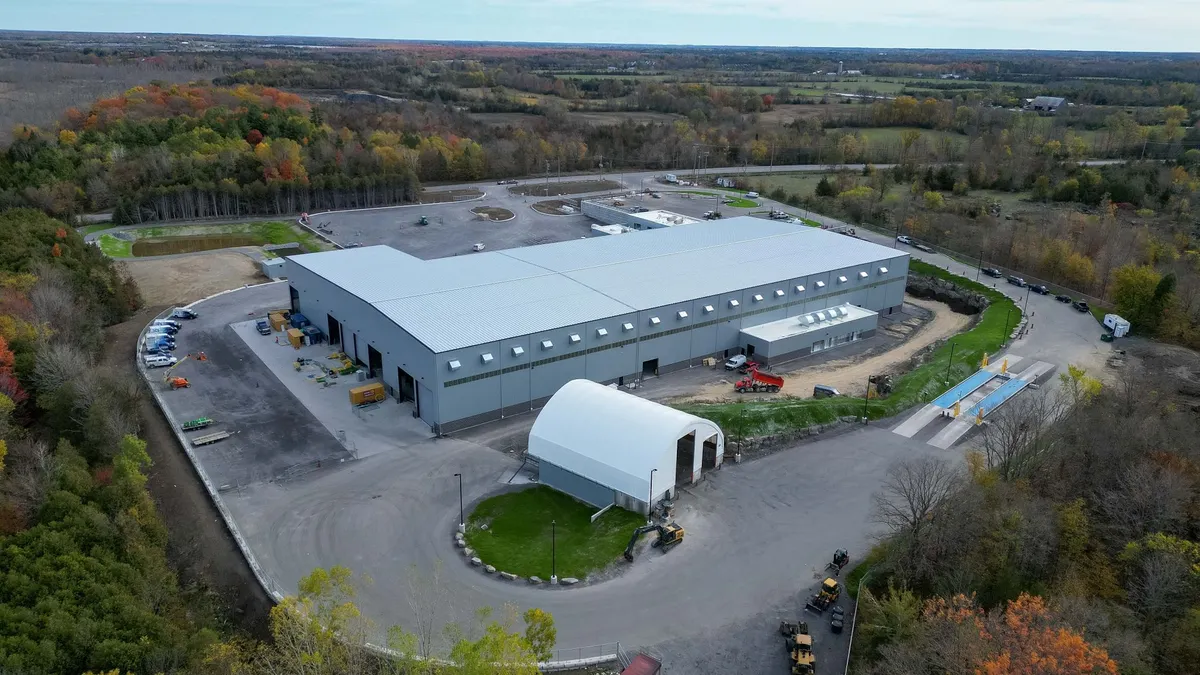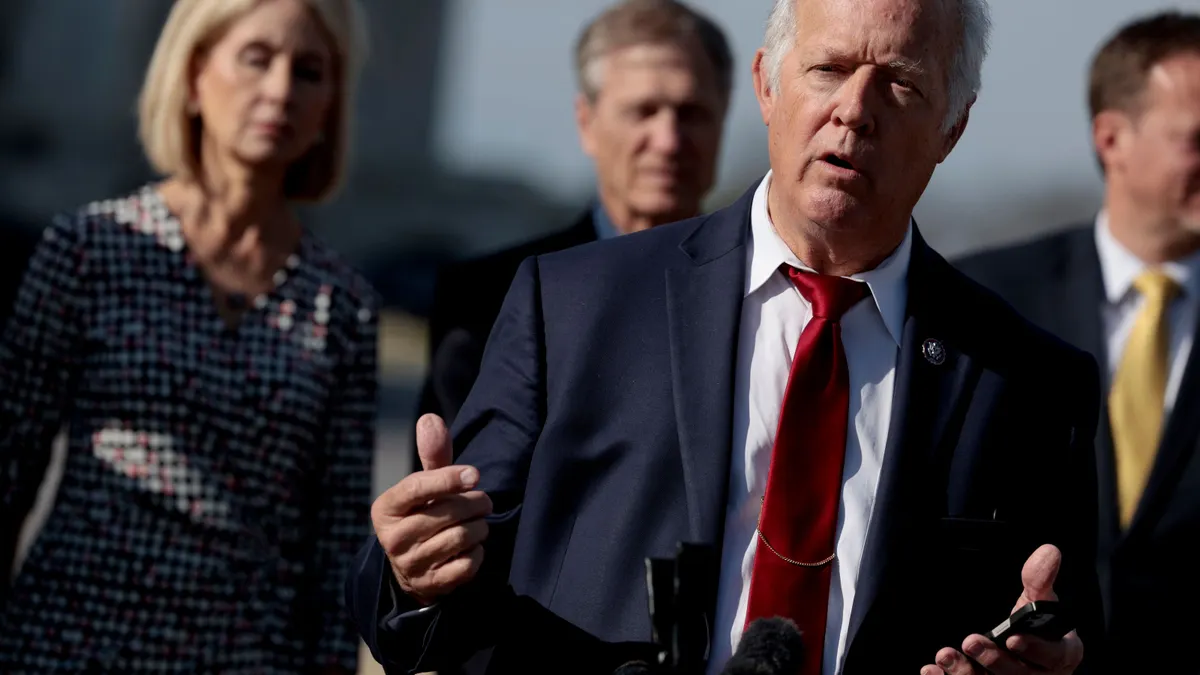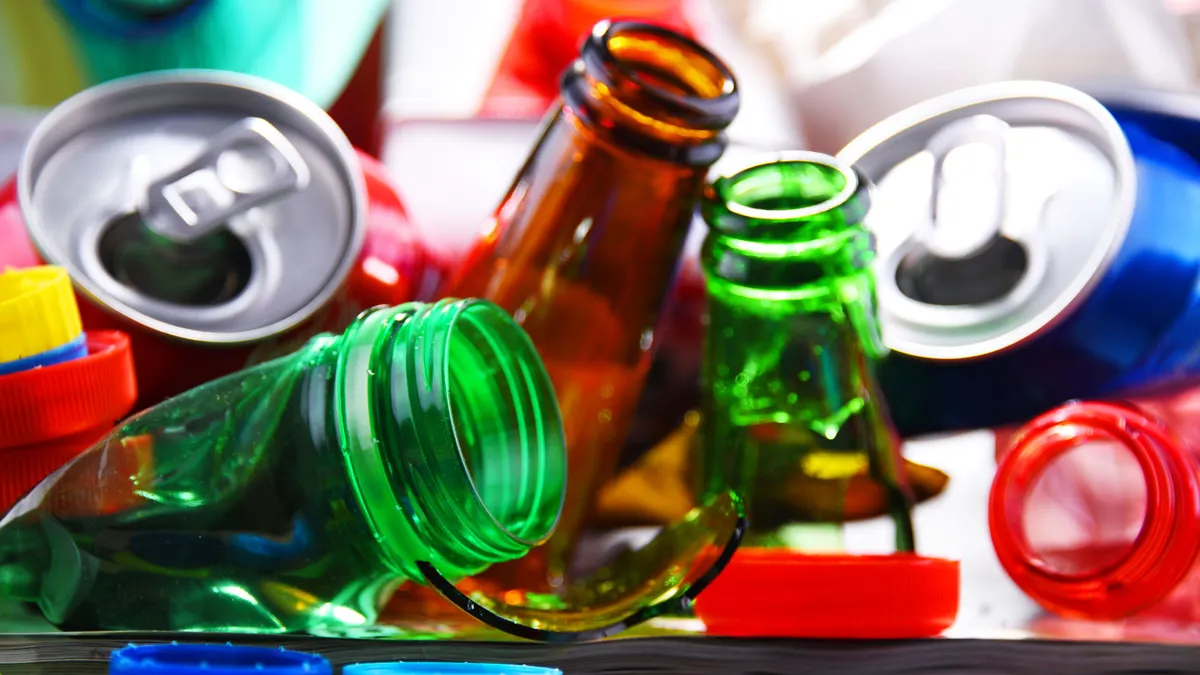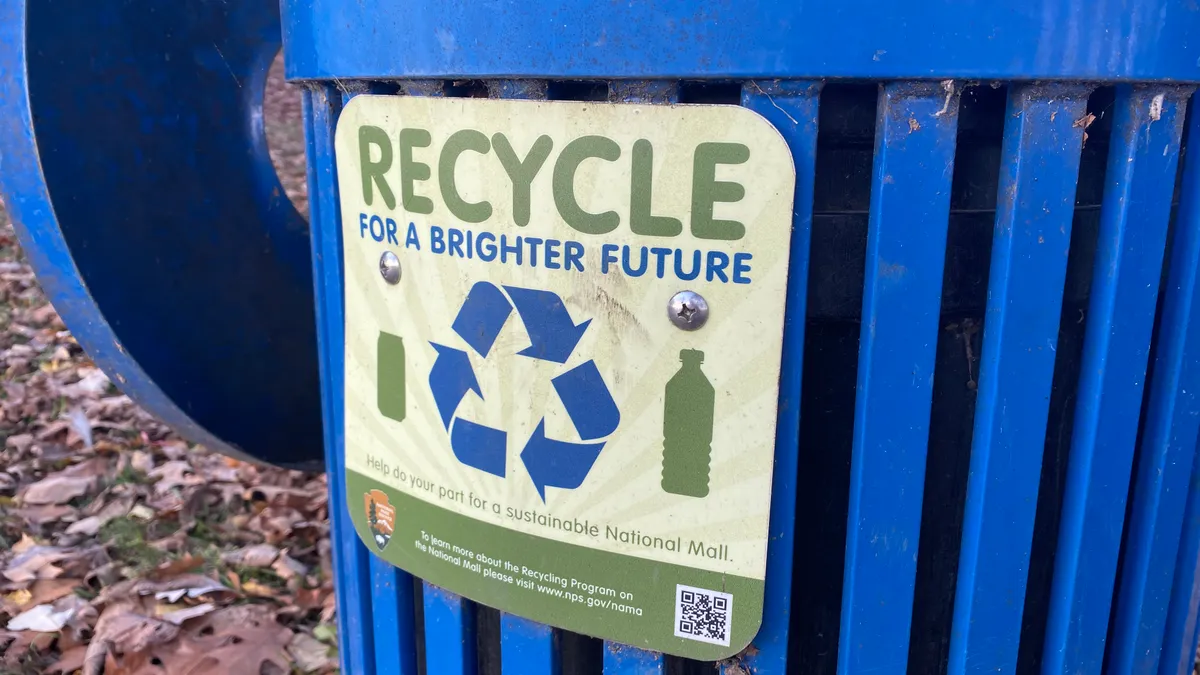Editor's Note: This piece was written by Ushma Pandya Mehta, co-founder and partner, Think Zero LLC. The opinions represented in this piece are independent of Waste Dive's views.
Over the past year, there has been increasing interest in curbing food waste. Food waste, while important, is often just one third of what we throw away every day in our trash cans.
Today there is a big push to figure out how to eliminate food waste, but over time, we will have to figure out how to eliminate the other 60% of what we send to landfill as cities aim to get to "zero waste."
Waste audits provide data on what's in our trash so that we can make smarter purchasing decisions, such as avoiding purchasing packaging that is not recyclable and asking suppliers to comply, rethinking product manufacturing and providing more specific and targeted recycling and organics diversion training programs.
Cities across the U.S., as well as internationally, have been establishing "zero waste" goals. As these goals are set, businesses will need to examine their waste reduction and diversion strategies because they are integral to a city meeting their "zero waste" goals. Many businesses also have public sustainability goals including "zero waste" goals. Often times, these corporate "zero waste" goals are site specific given the local nature of waste generation.
Waste audits are an important measurement tool in the zero-waste journey. Why?
Waste audits review what is in your garbage. In a waste audit, the trash is opened and separated, sorted and weighed to see what is being thrown away and what can be recycled, diverted or reduced.
For example, at a recent waste audit that my firm performed in a 40-floor commercial building in NYC, over 2,000 coffee cups were counted in the trash in one day. Many employees were surprised with that figure.

The first step in developing a waste reduction and diversion plan is to know what is in your trash. Waste reduction begins with a waste audit. Businesses tend to conduct waste audits at each location because trash is local and handled differently at each site.
Businesses
A commercial building can have several thousand pounds of trash thrown away every day — depending on the number of floors and occupancy.
Workers only know what they are throwing away and typically are not aware of how much waste is actually being generated by the building. That perspective changes when all the trash is added up across floors. For example, at a recent waste audit that my firm performed in a 40-floor commercial building in NYC, over 2,000 coffee cups were counted in the trash in one day. Many employees were surprised with that figure.
An audit helps with setting goals, identifying waste reduction strategies and training opportunities. By adding up the data across the various material streams (organics, cardboard, metal, glass, etc.) a company can identify what a landfill diversion rate could be if the business were diverting all divertable material – in the above example, it was close to 80%.
An audit also identifies opportunities for waste reduction, such as moving to large milk containers rather than single serve creamers, eliminating cardboard lunch trays or creating a recycling and composting system for single serve coffee pods and the coffee grounds inside.
Using the actual trash contents from the audit (through pictures and data) is a great tool for employee training. A by-product is that it helps with reducing contamination because of confusion about what and how to recycle. Questions about disposal can be answered with the specific items used in that building.
In the above example, employees learned during a training that over 25% of their waste stream was food waste — pictures showed half eaten or not eaten food — which sparked a discussion about composting. Employees also learned about dumping the food out and rinsing before recycling the containers. Pictures of the actual trash helped take an abstract idea and make it real.
There are challenges to a business waste audit, primarily that there are often multiple businesses in a large commercial building, so one needs to isolate the trash for the company that is undertaking the audit. If the building undertakes the audit, usually it can be hard to provide individual company results unless there is upfront planning including involvement of the building management and custodial staff.
Just to note, an organization should establish their waste audit methodology upfront and be consistent so that progress can be measured over time, as well as enable the ability to do comparisons across buildings and locations. There is no established "certified standard" for how to conduct waste audits, though organizations use a process that generally looks the same.
Cities
Cities also need to do waste audits to enable them to set the polices and potential regulations to achieve their waste reduction goals. Given the scale of a city waste volume, the audit is usually a representative statistically significant sample, like across neighborhoods or housing type.
For example, New York City did a waste characterization study in 2013. As a result of the study, NYC had the data to understand the amount of food waste in the city and the justification for establishing the residential and commercial organics program. The data also helped the city work with organics processors to start building capacity for the estimated volume of food waste.
The city has developed strategies for each of their waste categories as a result of knowing what is in the trash. In the past two years, NYC has focused on supporting reuse and swapping activities as a result of the data which showed that 10% of the trash could donated or reused.
Benefits of a waste audit:
- Answers the question, "What's in our trash?"
- Determines the different material streams in the waste (and if there is a revenue opportunity for specific waste streams).
- Reveals how much of the trash could have been reused, recycled, or composted (or anaerobically/aerobically digested).
- Creates a baseline to reference progress from one waste audit to the next.
- Allows businesses and cities to target waste reduction efforts and capture savings from reducing their landfill and hauling fees.

















